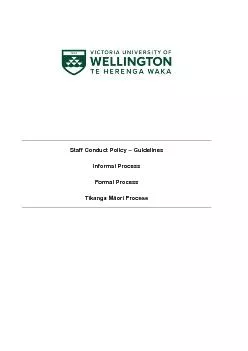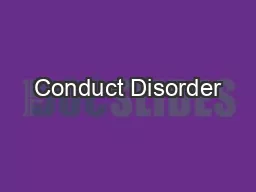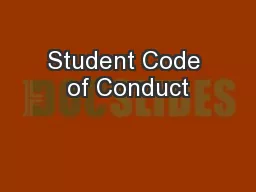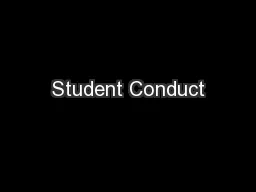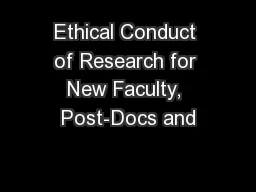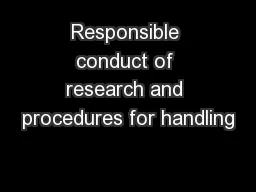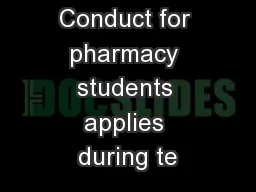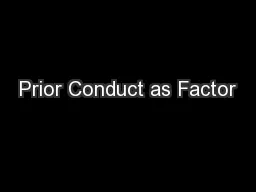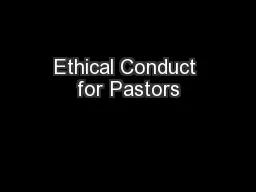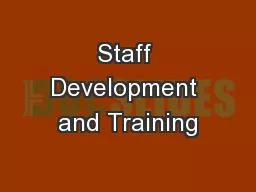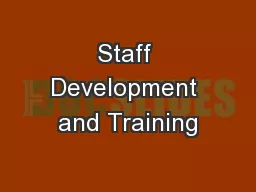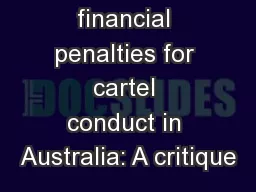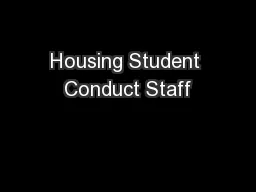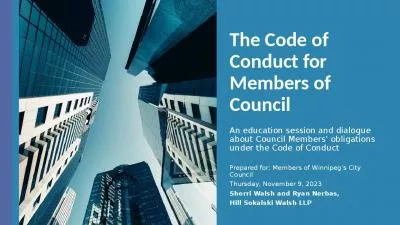PDF-Staff Conduct Policy
Author : mitsue-stanley | Published Date : 2015-08-15
x2013 Guidelines Informal Process Formal Process Tikanga Mx0101ori Process GUIDELINES FOR AN INFORMAL PROCESS An informal method of resolving alleged misconduct is
Presentation Embed Code
Download Presentation
Download Presentation The PPT/PDF document "Staff Conduct Policy" is the property of its rightful owner. Permission is granted to download and print the materials on this website for personal, non-commercial use only, and to display it on your personal computer provided you do not modify the materials and that you retain all copyright notices contained in the materials. By downloading content from our website, you accept the terms of this agreement.
Staff Conduct Policy: Transcript
Download Rules Of Document
"Staff Conduct Policy"The content belongs to its owner. You may download and print it for personal use, without modification, and keep all copyright notices. By downloading, you agree to these terms.
Related Documents

